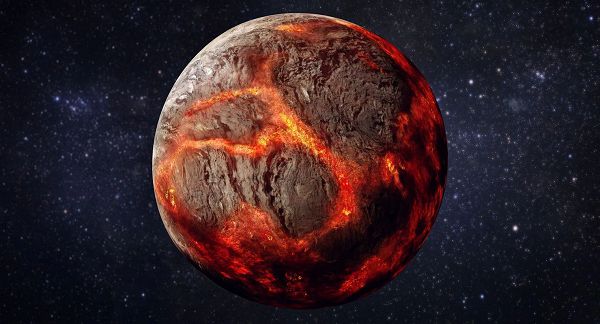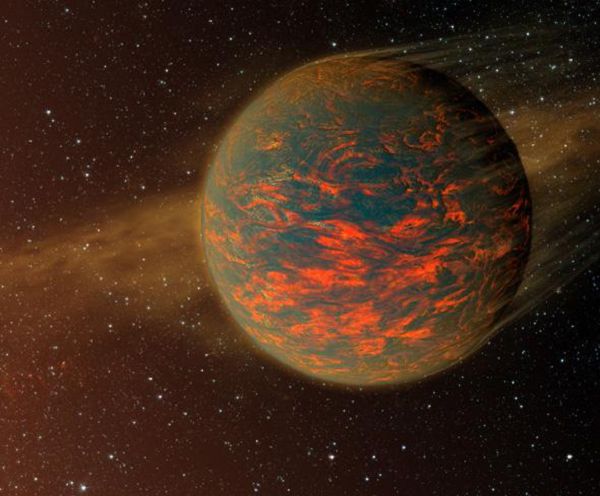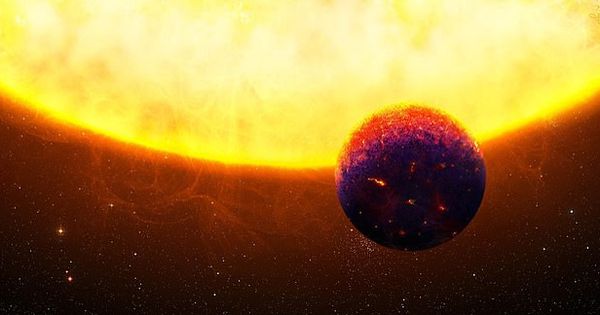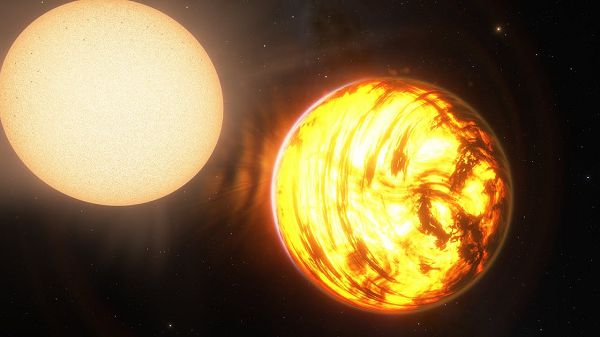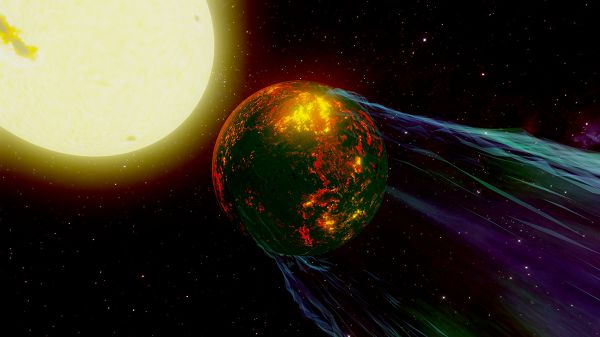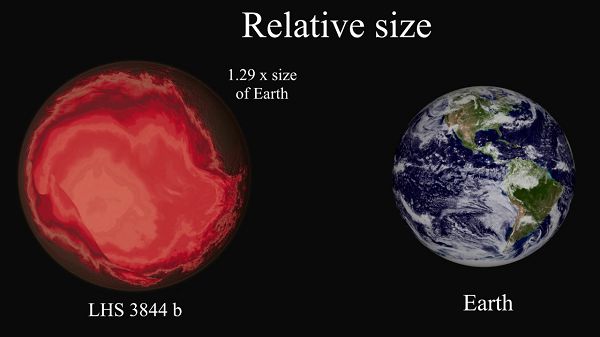NASA’s ‘Space Hunter’ discovers two mysterious rocky planets.
NASA’s “hunter” James Webb will embark on the exploration of two strange rocky planets considered to be replicas of early Earth.
The immediate goal of the James Webb Space Telescope is to study two unique rocky planets, dubbed “super-Earths,” named 55 Cancri e and LHS 3844 b.
Initial descriptions reveal that 55 Cancri e is an extremely hot planet covered in lava, while LHS 3844 b is a planet lacking an atmosphere.
55 Cancri e orbits its parent star at a distance of 2.4 million kilometers, which is 4% of the relative distance between Venus and the Sun. This planet has a surface temperature surpassing the melting point of most types of rocks, with one side constantly facing the scorching Sun.
However, previous observations from the Spitzer Space Telescope showed that the hottest region of the planet exhibits slightly cooler spots.
This compensated heat could be due to a dense atmosphere redistributing the heat around the planet or the occurrence of lava rain during the night, dissipating the heat from the atmosphere.
On the other hand, LHS 3844 is much colder than 55 Cancri e. Previous observations from the Spitzer Space Telescope indicated that this planet lacks an atmosphere.
Nevertheless, researchers hope to capture signals from the planet’s surface using spectroscopy, which would help identify the elements present on the planet.
James Webb is a space telescope expected to confirm the potential habitability of Earth-like planets that astronomers worldwide have discovered over the years.
Its primary target is rocky planets that are inherently more challenging to observe than gas planets using current astronomical technology, due to their lower average brightness.
With the advantage of its large mirror and favorable positioning, the James Webb Space Telescope will be able to reach far-off planets.
“This reconnaissance mission to these two planets is expected to provide us with fantastic new insights into Earth-like structured planets in general, thereby enhancing our understanding of Earth’s early history,” said one researcher.
James Webb is currently completing the initial operational procedures and will immediately transition to its first observation cycle in June of this year.
Hits: 0

